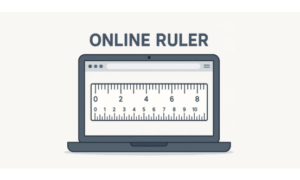Online payment methods have been available for decades now, but some of us are still a little confused about them. Wanting to be sure about the safety of e-payments, the speed of refunds, and which methods work the best are all sensible queries to have. So we’ve pulled together all you need to know about paying for goods using e-payments, including the benefits and the drawbacks.
Limited Protection
The first concern that stops some people from using certain e-payment companies is that they aren’t protected by the Financial Services Compensation Scheme (FSCS). The FSCS protects every payment you make from a traditional high-street bank, ensuring that if something goes wrong and it isn’t your fault, your funds will be returned to you. Most e-payment companies aren’t protected under this scheme. However, some of them employ safety procedures. Paypal, for example, has its safety standards, which it uses to ensure a similar level of protection to the FSCS. However, if their safety standards fail, then, unlike with the FSCS, you aren’t protected by law. When using relatively new e-payment options, it is also worth bearing in mind that if they go out of business, any money that you store in your account with them could be lost to you too.
Faster Refunds and Payouts
Now that the doom and gloom are out of the way, there are some real bonuses to using e-payments. For example, using an e-wallet to make payments is the preferred choice for many. Most online providers accept payments by e-wallet, and in the case of you needing to receive money in exchange, as either part of a refund or as gaming winnings, payments can be faster. Casino sites are particularly likely to recommend e-wallet deposits; It’s always worth checking out the site that you are using first to make sure, though.
Ease of Use
While you can’t just wave your credit card at your phone screen to make payments happen, you can use your fingerprint to pay for goods using e-payment options. For example, when loading cards onto your phone with Apple Pay or Google Pay, you can use your fingerprint for authentication. This makes things much speedier when paying for goods, and there isn’t the added hassle of remembering a PIN for all of your separate cards. Better still, looking over someone’s shoulder and copying their PIN can be worryingly simple, but nobody stands a chance of copying your fingerprint! So in this way, using an e-payment option can be safer than using contactless or chip and pin.
Limited Currency Availability
Although this is technically a drawback for traditional and online payment methods, it affects traditional banks more. Cryptocurrencies are becoming an increasingly popular way of paying for goods, but many high-street banks don’t yet accept them as a payment method. Similarly, a handful of e-wallet providers don’t either, but they are generally more likely than high-street. If you regularly trade in alternative currencies, using an e-wallet might be the only option for some transactions. With several countries in Africa beginning to favor cryptocurrency for its reduced volatility compared to their currency that is so readily devalued, it’s predicted that the situation might start to change. Banks are beginning to realize the need to accept cryptocurrencies, with some of the more prominent names already making steps to introducing them. For now, e-payments win this round, but it shouldn’t be long before the big banks compete.



































